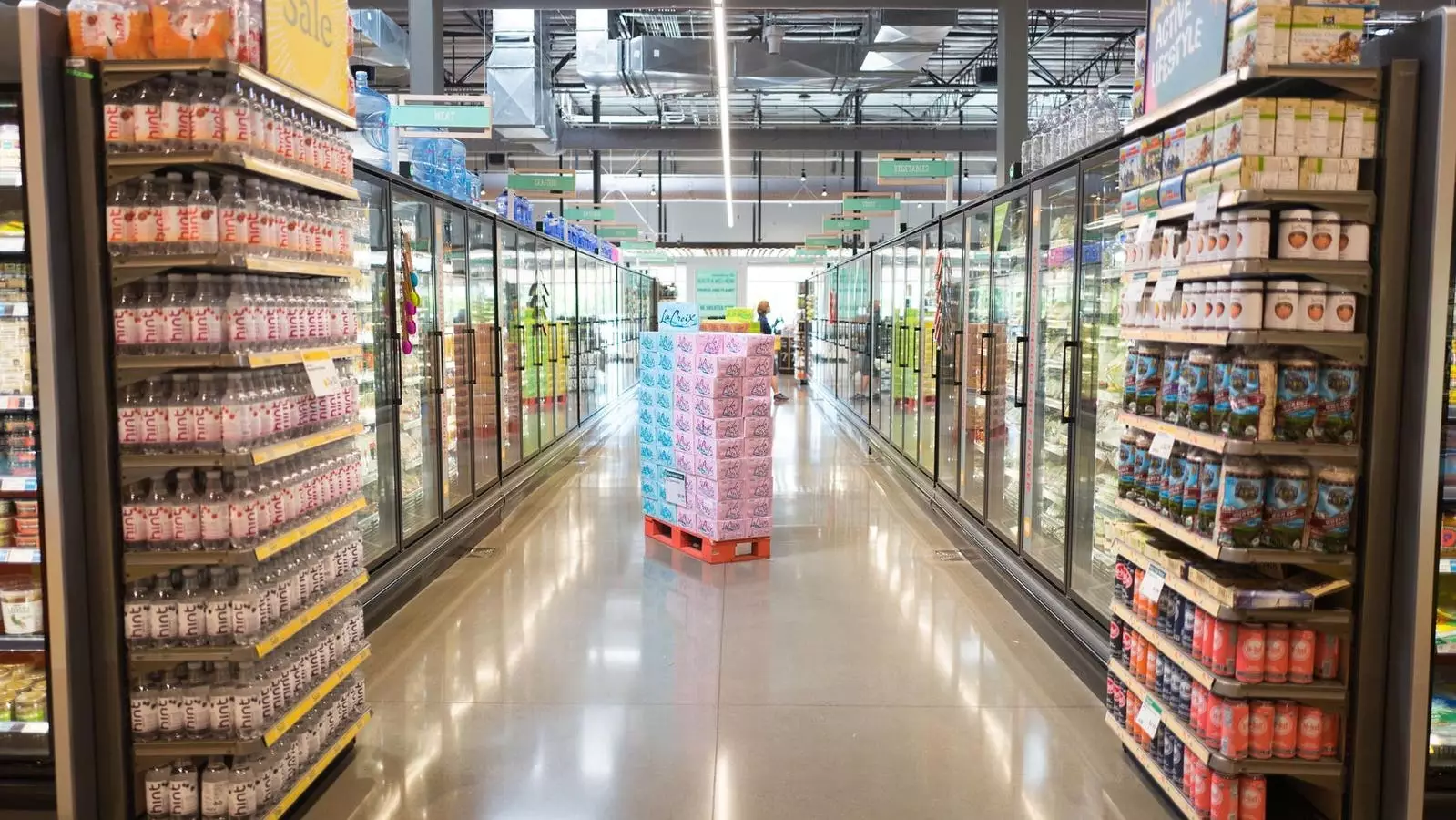The retail media sector is poised for remarkable growth, projected to generate an impressive $8.5 billion for U.S. grocery retailers by 2024. As grocery executives recognize this lucrative potential, they’re rapidly moving to implement effective retail media platforms. Research from Grocery Doppio reveals a staggering 97% of grocery retailers are looking to adopt white-label or third-party solutions to facilitate their retail media strategies. This decision reflects an awareness of both the urgency and the intricacies of developing robust retail media capabilities internally, which can be both costly and time-consuming.
In the grocery sector, there exists notable variation in the implementation and effectiveness of retail media strategies. Historically, traditional grocery businesses have lagged behind in technology investments, particularly in retail media. However, they possess valuable insights into customer demographics and purchasing behavior that can be leveraged to design effective marketing campaigns. Notably, Kroger has emerged as a frontrunner in this space. The company’s advanced data analytics capabilities have propelled Kroger Precision Marketing to be recognized as an industry leader in audience targeting and measurement, as per the 2023 Path to Purchase Institute survey.
With an eye on enhancing profit margins, grocery retailers are increasingly recognizing the need to incorporate advanced retail technologies. Innovations such as connected digital screens, smart shopping carts, and data analytics driven by customer loyalty programs are becoming integral to creating targeted and personalized shopping experiences. Retailers must prioritize these technological integrations to remain competitive in an evolving market landscape.
As grocery retailers develop their retail media offerings, understanding the expectations set by major advertisers is critical. At events like GroceryShop, industry leaders like PepsiCo have articulated their demands for retail media networks to produce clear, measurable returns at every phase of the sales funnel. PepsiCo’s North American CEO of beverages underscored the importance of rigorous measurement capabilities, precise audience targeting, and flexible creative formats. Furthermore, the demand for API access for seamless integration with in-house analysis workflows signals advertisers’ expectations for retail media networks to function with transparency and efficiency comparable to established digital platforms like Google and Meta.
The evolution of retail media can be clearly illustrated by the recent launch of Home Depot’s self-service retail media platform, “Orange Access.” This platform empowers advertisers to independently plan, activate, and optimize their campaigns, sidestepping the traditional reliance on in-house media buying teams. The shift toward self-service solutions marks a significant evolution, highlighting that advertisers prefer campaigns to align more closely with their business outcomes rather than solely benefitting the retailers.
Research published in the Journal of Marketing Analytics underscores the imperative for sophisticated retail media strategies. A study examining 122,000 brands advertised on Amazon reveals that the effectiveness of various advertising products diverges significantly across brand size and category. For instance, small brands benefit from upper-funnel advertising, while larger brands see better outcomes with lower-funnel options. This insight forces grocery retailers to consider not only their advertising products but also their essential capabilities—such as quality product descriptions and pricing strategies—that can influence brand performance.
The rapid evolution of brand expectations in the retail media landscape underscores the complexity grocery retailers must navigate. Modern advertisers are demanding granular targeting, diverse advertising formats, and detailed attribution metrics from the outset. As brands increasingly expect self-service capabilities as a standard practice, grocery retailers must be poised to deliver on these sophisticated demands from day one.
On a parallel note, recent research indicates significant potential in in-store advertising. A meta-analysis of 16 consumer packaged goods campaigns revealed that in-store advertisements can result in an average sales lift of 14%. The receptivity of shoppers to these in-store messages—with 87% reporting a neutral to positive experience—underscores a distinct advantage for grocers in leveraging their physical spaces for advertising.
As the retail landscape evolves, connecting digital and physical channels becomes increasingly crucial. According to Grocery Doppio, a vast majority of consumer packaged goods brands (93%) express a desire for the integration of digital engagement and in-store data to create a holistic view of the shopper experience. This comprehensive understanding informs advertising spend decisions and enables complete omnichannel campaign optimization.
While the opportunities within the retail media space for grocery retailers are substantial, realizing success will necessitate cultivating sophisticated targeting and measurement skills from the outset. The trend toward third-party solutions signals that retailers are acutely aware of these realities. The challenge lies in selecting the right technology partners to deliver the requisite digital capabilities and effectively bridge the gap between online and offline experiences. As more solutions enter the market, grocery retailers will have ample opportunities, but ensuring they choose partners capable of meeting immediate advertiser needs and adapting to future market trends will be paramount to success in the evolving retail media landscape.


Leave a Reply